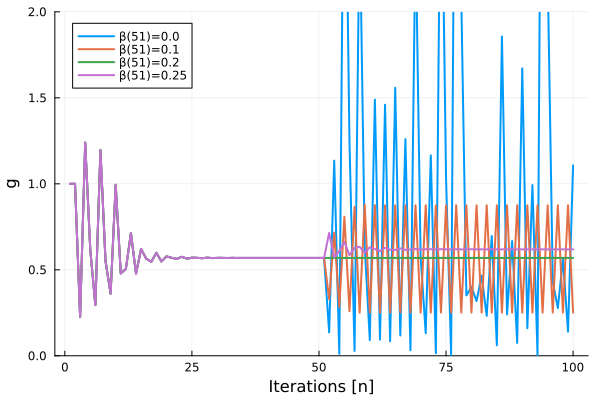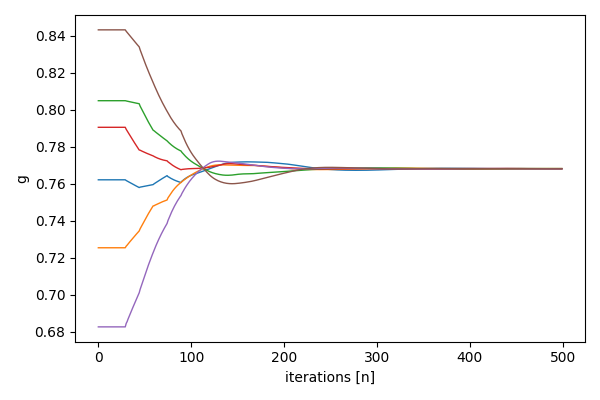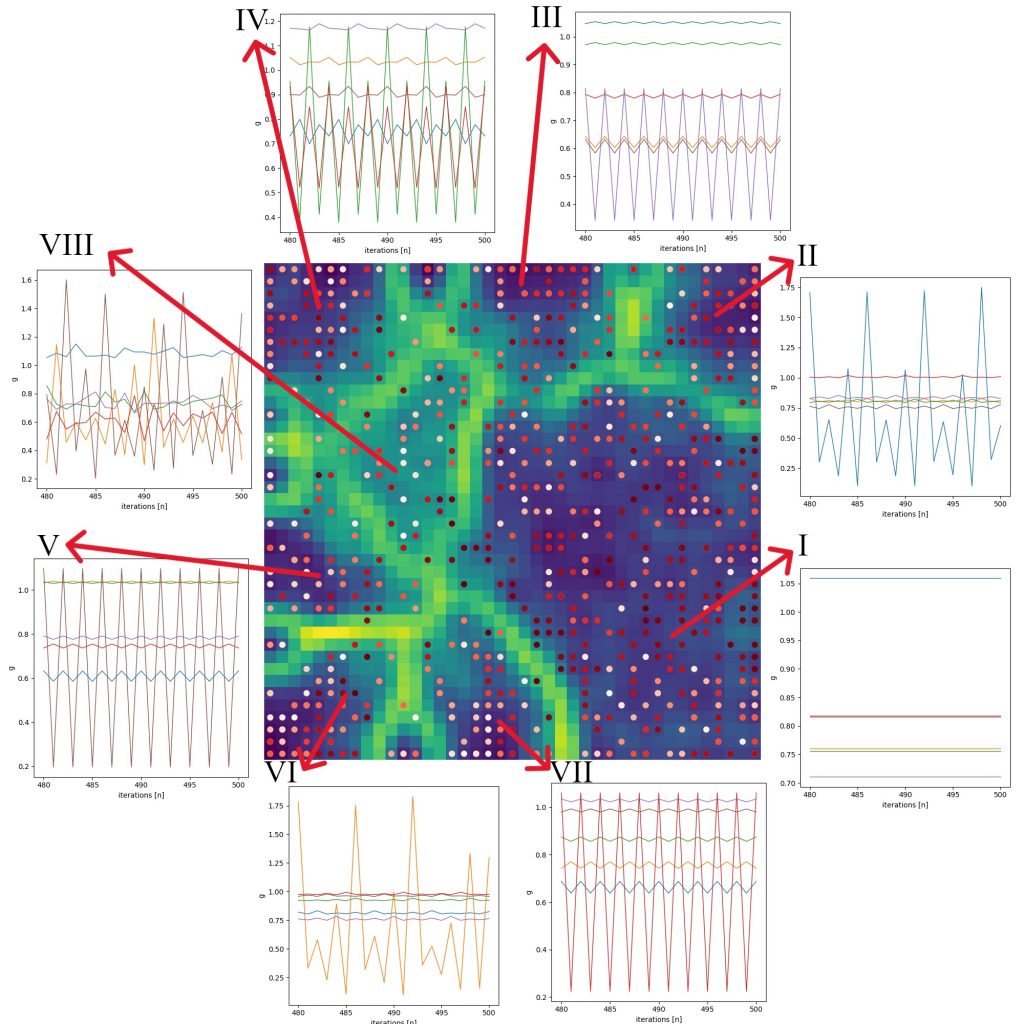The social IPF can model social, political, or city planning issues. It assumes a set of stakeholders with specific interests in a project. After defining the interactions between the stakeholders and defining start values, a Social IPF can be modeled.
So e.g. planning a public building for commerce, which also should take into account the demands of the people living there, the surrounding shops, the artistic scene, health considerations, and other public demands, each of the stakeholders has a certain interest. A musician needs rehearsal or performance space, the public demand health, an investor looks for profits, etc. The temporal development of such demands can be modeled and might look like this:

In the plot above, different stakeholders, shown with different colors, behave the same until an external input brings them out of order. Or like this:

Different stakeholders start at different positions but harmonically align after set up of certain political actions.
But most oft the time the question is vice versa: which political actions need to be taken to achieve a certain goal. To arrive at the best action, a machine-learning algorithm is used to go through all reasonable setups. The best setup can then be chosen when examining a field of possible outcomes like:

The blue and green plot in the middle is the output of a machine-learning algorithm, trained by many possible social or political implications in a planning scenario. The green ridges split different areas in the plot, where each area shows very similar behaviour of the temporal development of stakeholders. Examples of these regions are plotted around the main plot. Now, in a public participation project it can be decided which of these actions to take.
Lit.:
Bader R, Linke S, Gernert S. Nonlinear dynamical social and political prediction algorithm for city planning and public participation using the impulse pattern formulation. Chaos. 2024 Sep 1;34(9):093130. doi: 10.1063/5.0211618. PMID: 39298339.